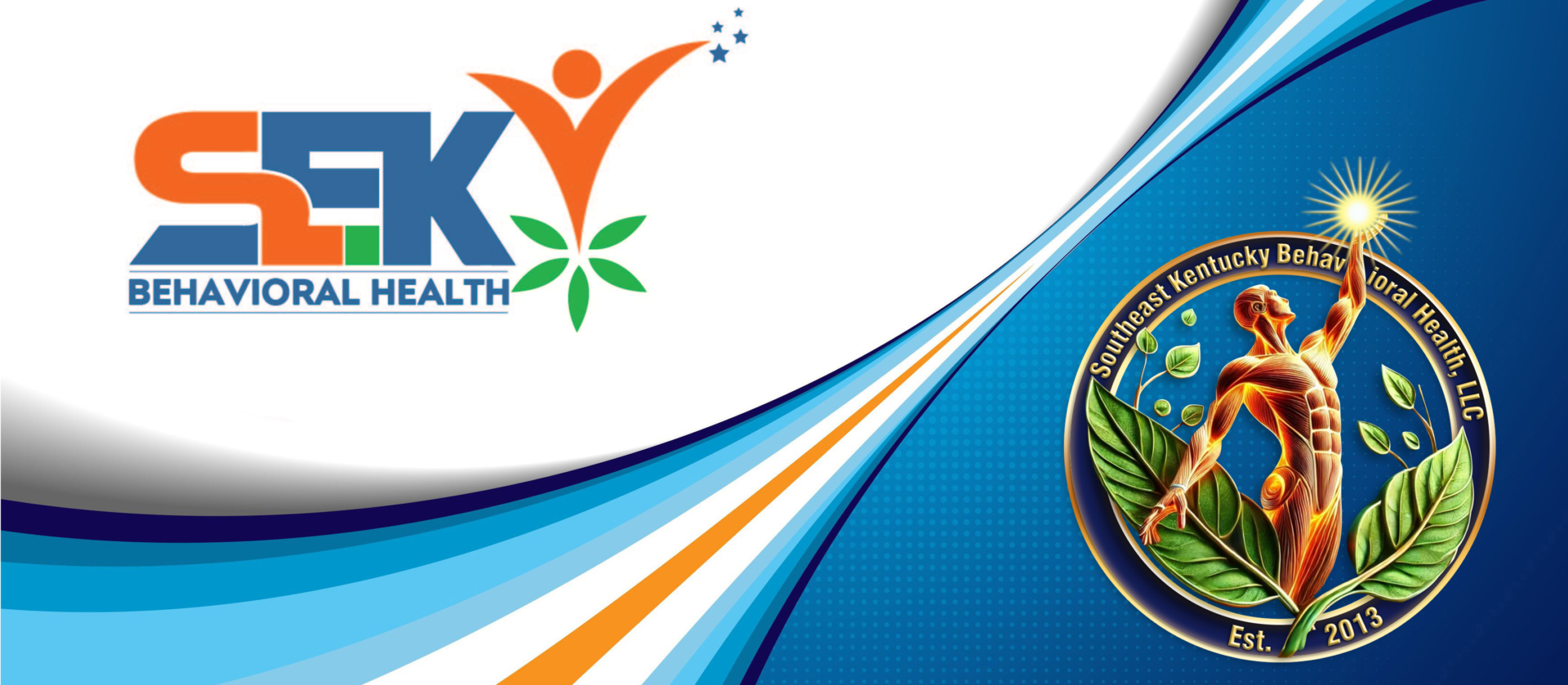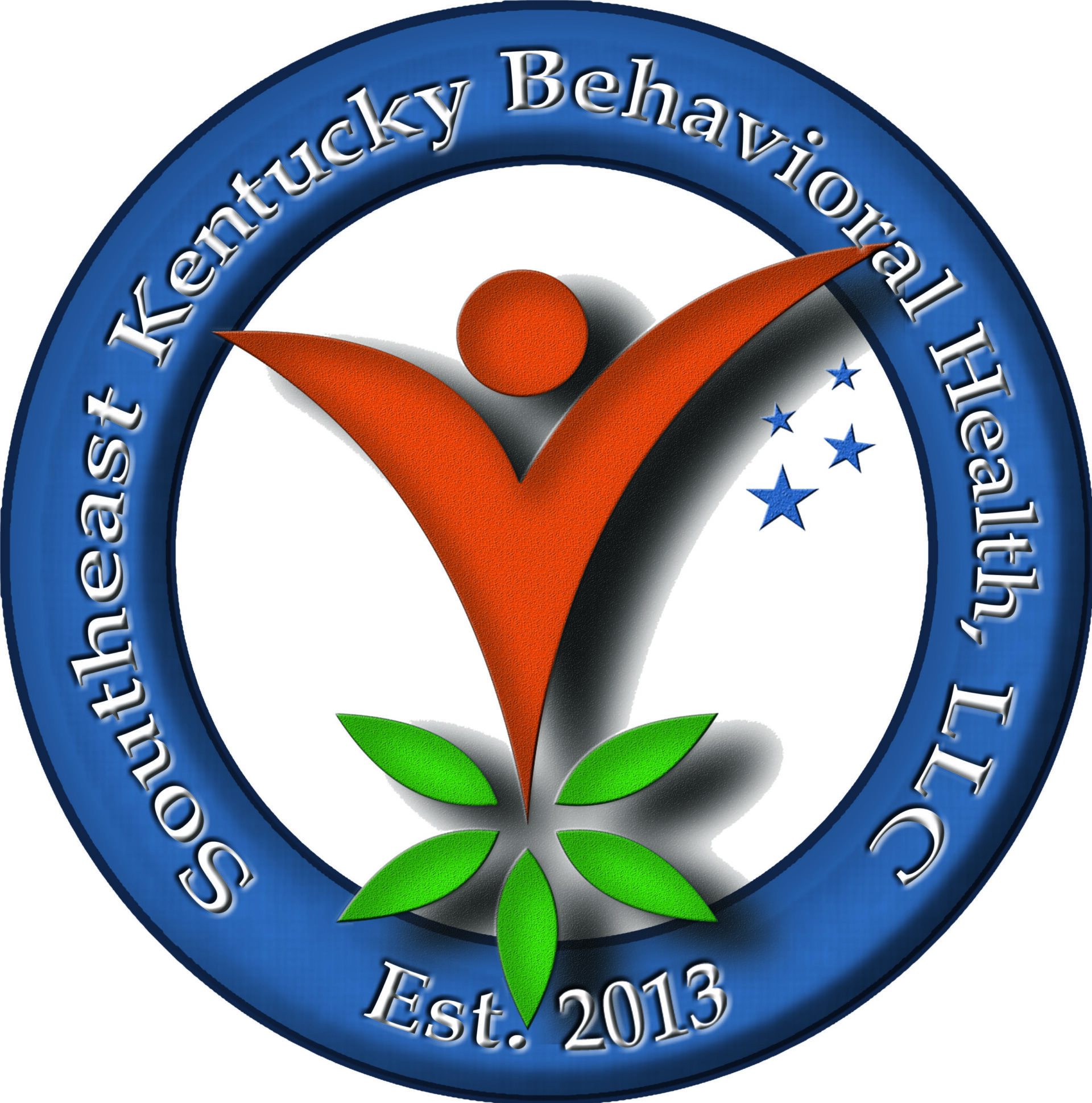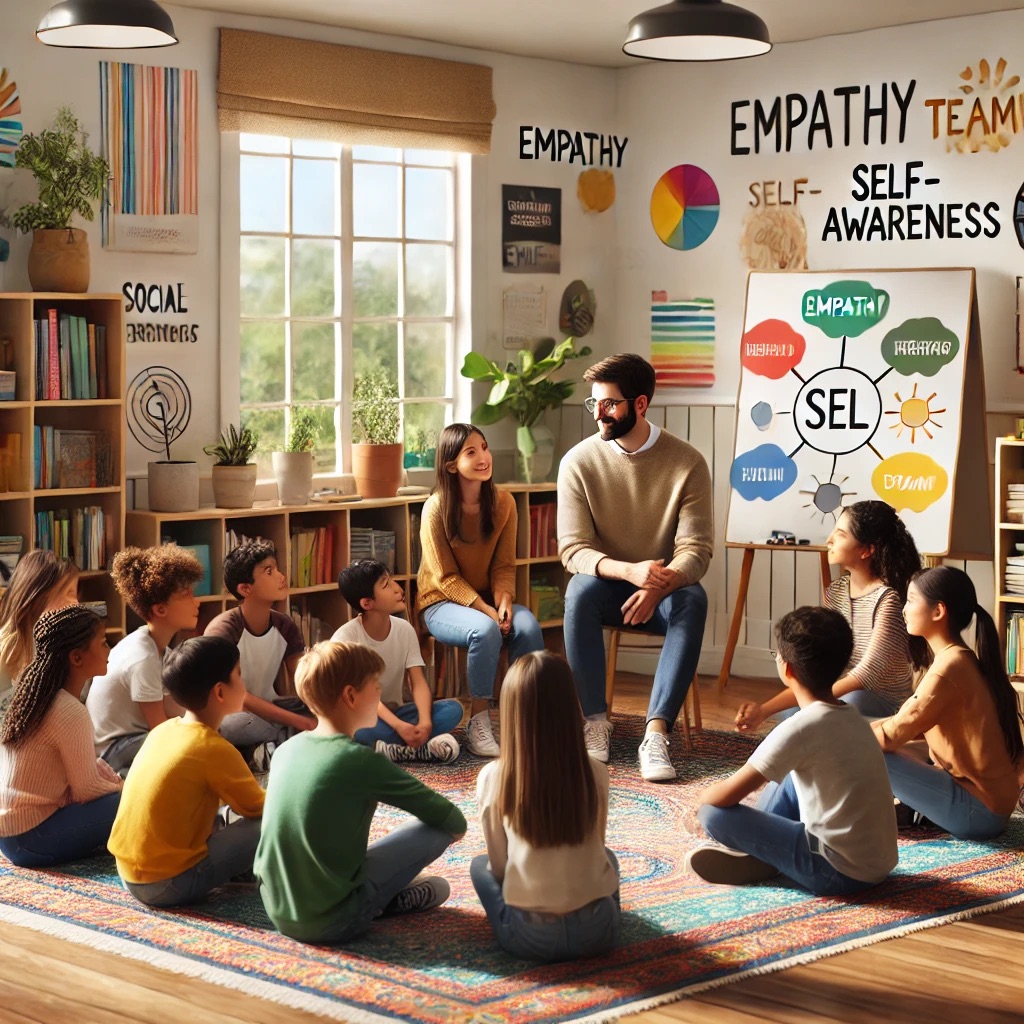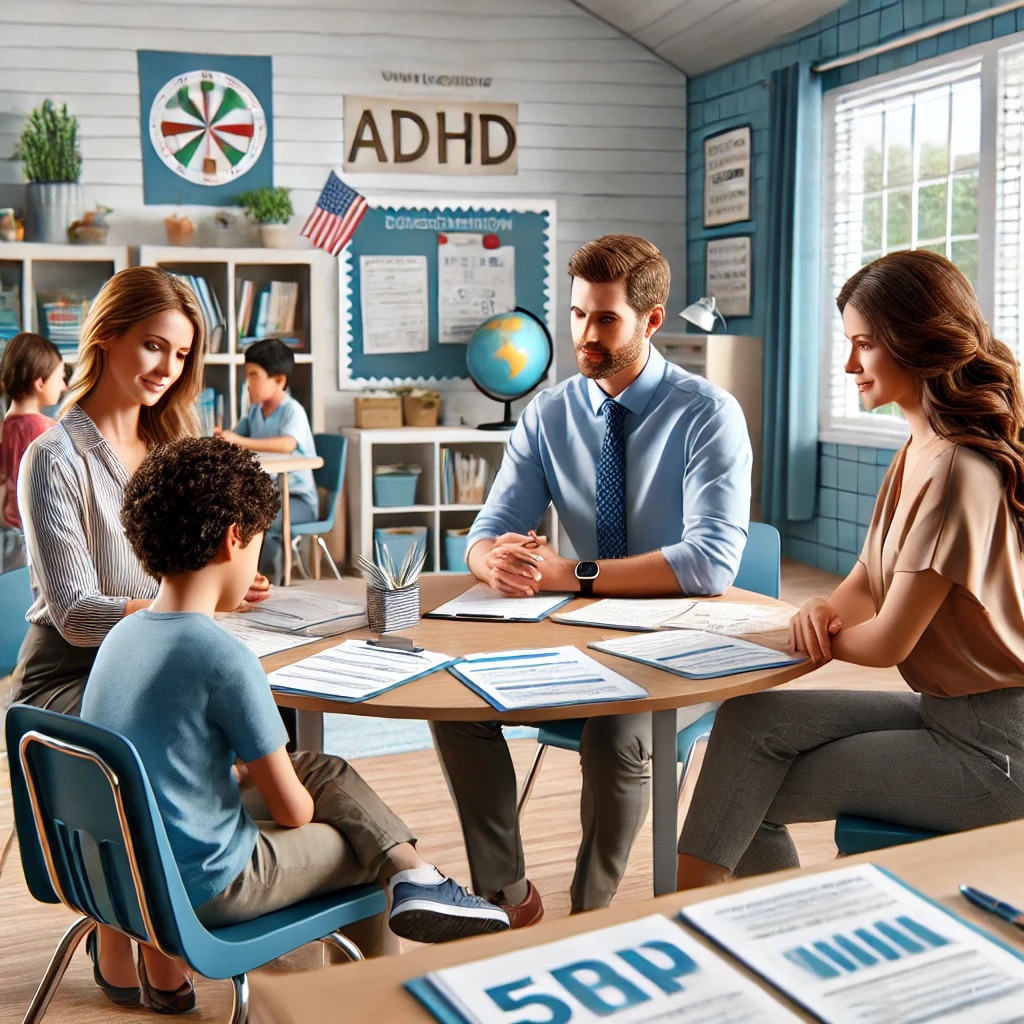Do I Manipulate My Parents?

Have you ever convinced your parents to change their minds by making them feel guilty, throwing a tantrum, or promising something you didn’t intend to follow through on? If so, you might be using manipulation. Don’t worry—you’re not alone, and this doesn’t make you a bad person. Understanding why you might manipulate and how to communicate better with your parents can make your relationships stronger and healthier.
What is Manipulation?
Manipulation means influencing someone to do what you want, often by using guilt, emotions, or other tactics. For example:
- Complaining about how unfair rules are until your parents give in.
- Saying, “You never let me do anything,” to make them feel bad.
- Pitting your parents against each other to get a “yes” when one says “no.”
Sometimes manipulation happens without you even realizing it!
Why Do Teens Manipulate Their Parents?
It’s normal to want freedom, and you might think manipulating is the best way to get it. Here are some common reasons:
- Independence: You’re growing up and want to make your own decisions, but you might not know how to ask for it directly.
- Avoiding Conflict: Manipulation can feel easier than talking about what you really need or want.
- Testing Boundaries: You might be figuring out how far you can push the rules.
- Emotional Needs: If you feel misunderstood or ignored, manipulation might seem like the only way to get attention.
According to psychologist Dr. Laurence Steinberg, teens are still developing their ability to think long-term. This can make quick fixes like manipulation more appealing (Steinberg, 2014).
How to Tell If You’re Manipulating
Here are some signs to look for:
- You often feel guilty after conversations with your parents.
- You make promises you don’t plan to keep, like saying, “I’ll clean my room later,” but never do.
- You use your emotions (anger, crying, etc.) to get what you want instead of calmly explaining why you need it.
If these behaviors sound familiar, it’s a good idea to try a different approach.
How to Communicate Instead of Manipulate
Healthy communication can help you get what you want without hurting your relationship with your parents. Here’s how to start:
- Be Honest
Instead of twisting the truth, explain how you feel and what you need. For example, “I feel left out when my friends are allowed to go out, and I’m not. Can we talk about it?” - Listen to Their Side
Parents have reasons for their decisions, even if they seem unfair. Listening can help you understand their perspective. - Compromise
Negotiating, like agreeing to finish homework before hanging out with friends, shows responsibility. - Stay Calm
Even if you’re upset, try to speak calmly instead of yelling or crying. It helps them take you seriously.
Why It’s Important to Stop Manipulation
When you manipulate your parents, it might work temporarily, but it can hurt your relationship in the long run. Manipulation can make your parents feel disrespected or tricked, which can lead to mistrust. Learning to communicate honestly helps you build a relationship based on trust and mutual respect.
Figuring out how to get what you want without manipulation is a part of growing up. It might take practice, but learning to be open, honest, and calm with your parents will help them see you as mature and responsible. And remember, everyone makes mistakes—what matters is trying to do better.

This article has been written by John S. Collier, MSW, LCSW. Mr. Collier has over 25 years experience in the social work field. He currently serves as the Executive Director and Outpatient Behavioral Health Therapist through Southeast Kentucky Behavioral Health, LLC based out of London Kentucky. He may be reached by phone (606) 657-0532 extension 101 or by email at john@sekybh.
References:
- Siegel, D. J., & Bryson, T. P. (2012).The Whole-Brain Child: 12 Revolutionary Strategies to Nurture Your Child’s Developing Mind. Delacorte Press.
- Explores how understanding brain development can improve parent-teen communication.
- Ginsburg, K. R. (2011).Building Resilience in Children and Teens: Giving Kids Roots and Wings. American Academy of Pediatrics.
- Provides insights into fostering resilience and healthy relationships in teens.
- American Academy of Pediatrics. (2018).Parenting Your Teenager: Strategies for Building Trust and Respect.
- Offers guidance on managing common challenges in adolescence and fostering mutual respect.
- Berk, L. E. (2020).Development Through the Lifespan (7th ed.). Pearson.
- A comprehensive textbook on human development, including insights into the teenage years.
- Maccoby, E. E., & Martin, J. A. (1983). “Socialization in the Context of the Family: Parent-Child Interaction.” Handbook of Child Psychology.
- Discusses how family dynamics influence adolescent behavior.
- Arnett, J. J. (2014).Emerging Adulthood: The Winding Road from the Late Teens Through the Twenties. Oxford University Press.
- Explores the transition from adolescence to adulthood and its effects on behavior and relationships.
- American Psychological Association. (2020).
- Articles and resources on adolescent development and communication strategies. Visit www.apa.org.
- Santrock, J. W. (2021).Adolescence (17th ed.). McGraw Hill.
- Covers the psychological and social changes teens experience and their implications for family relationships.







